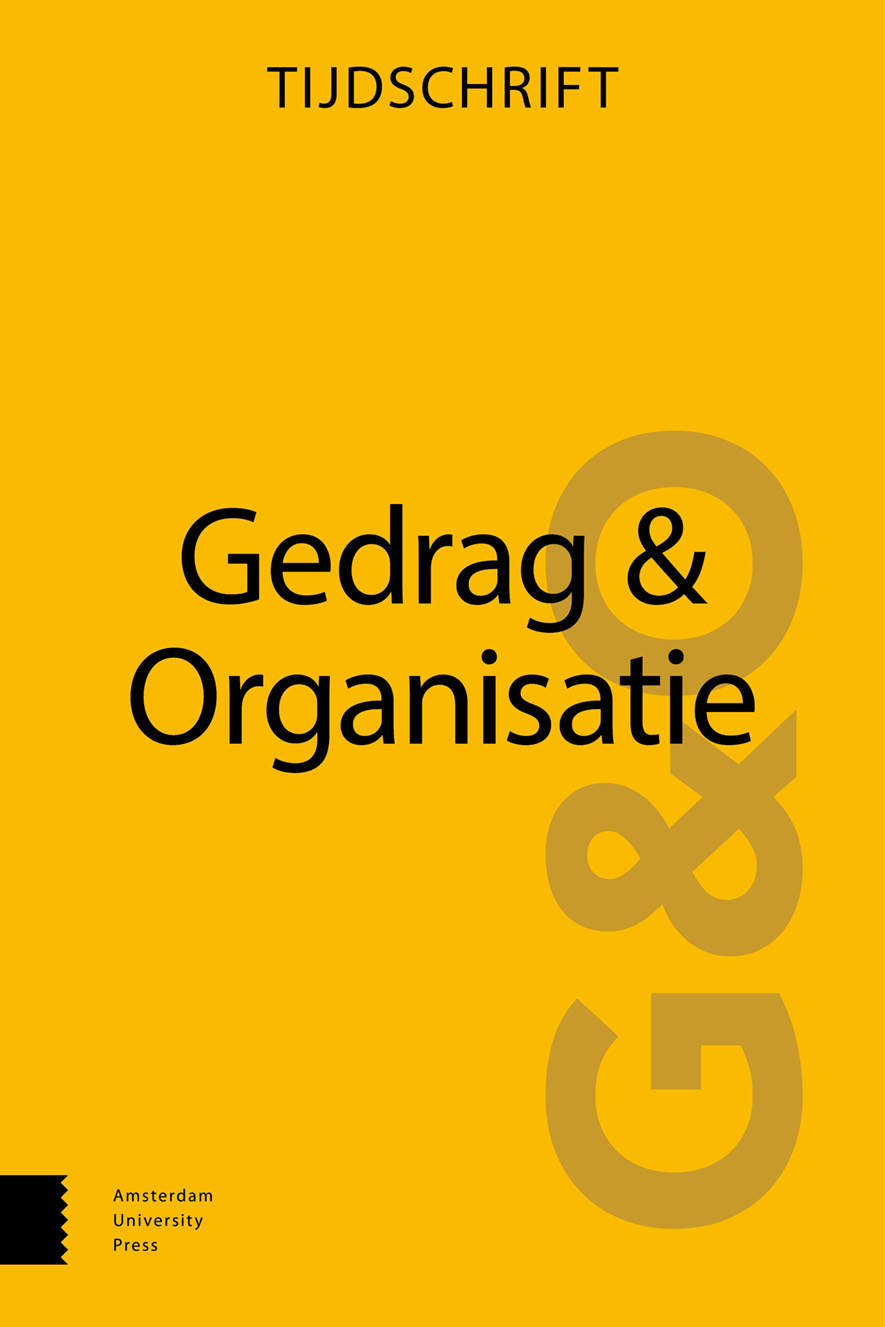
Full text loading...
Deze studie onderzoekt de relatie tussen self-efficacy en de intensiteit van netwerkgedrag onder werkzoekenden. Specifiek wordt daarbij gekeken naar de rol van expansion-oriented reemployment crafting (EORC: het zoeken van hulpbronnen en uitdagingen) en van werkloosheidsstigma. Het onderzoeksdesign was cross-sectioneel: 170 werkzoekenden vulden eenmalig een online vragenlijst in. Resultaten laten zien dat self-efficacy positief gerelateerd is aan de intensiteit van netwerkgedrag via EORC. Daarnaast bleek, tegengesteld aan de verwachting, de positieve relatie tussen self-efficacy en EORC sterker te zijn onder werkzoekenden met een hoger (i.p.v. lager) niveau van werkloosheidsstigma. Dit onderzoek zet een eerste belangrijke stap in het onderzoeken van het belang van EORC in de relatie tussen self-efficacy en werkzoekgedrag (d.w.z. intensiteit van netwerkgedrag). Daarnaast is het een van de eerste onderzoeken die de relatie tussen werkloosheidsstigmatisering en werkzoekgedrag van werkzoekenden in kaart brengt.

Article metrics loading...

Full text loading...
References


Data & Media loading...

